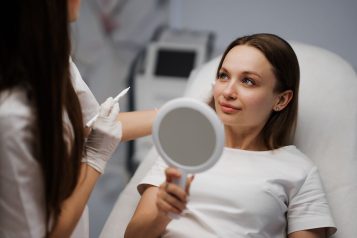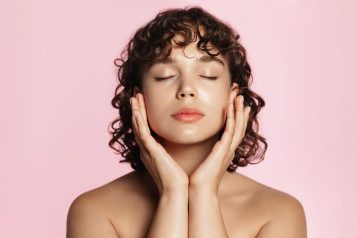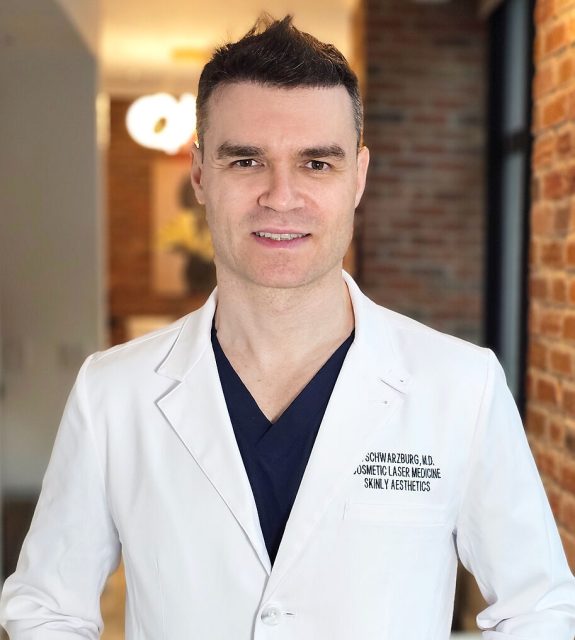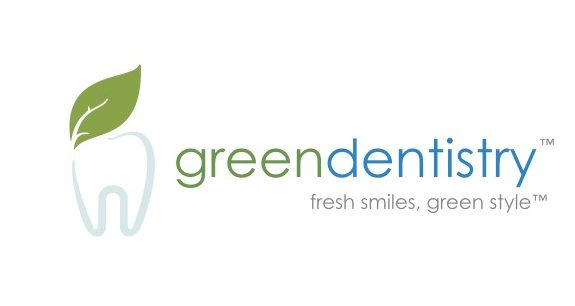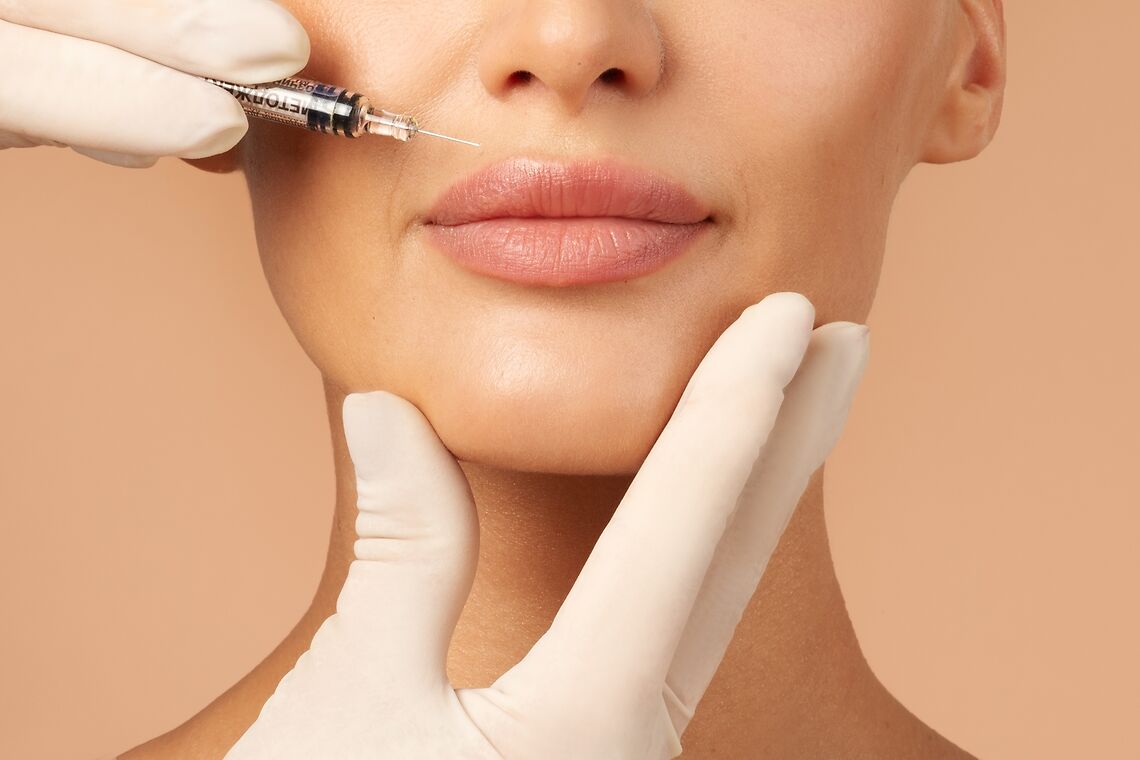 Photo Credit: Courtesy of Fast-Stock/Shutterstock
Photo Credit: Courtesy of Fast-Stock/Shutterstock
Samuel Lin, MD, FACS, Jade Smith, Noelle Garbaccio, Iulianna C Taritsa, BA; Kirsten A. Schuster, MD, JD
Lip fillers are a popular non-surgical procedure to enhance the size and shape of the lips. Various products can be used to fill the lips. Most commonly, hyaluronic acid fillers, such as Restylane or Juvederm, are used. For patients seeking lip filler, I recommend hyaluronic acid fillers because they can be dissolved if there is a complication or if the patient chooses. Additionally, different injectors may use various injection techniques to enhance volume and/or shape in specific parts of the lips. Rather than claiming one technique as superior, I recommend that the injection technique be tailored to each patient’s individual goals and anatomy.
During a lip filler appointment, patients can expect to first have a conversation with their injector about their goals and expectations for the procedure. After goals and expectations are mutually established between the patient and injector, the lips will be cleaned. In some cases, a numbing cream or ointment may be used. While injections are not painless, they are usually well tolerated by patients. Injections usually only take a few moments each. During the lip filler procedure, the injector repeatedly injects, massages the site of injection, and evaluates the results to determine if and where more filler might be needed. The procedure takes approximately 15-30 minutes.
Patients often have many questions about what to expect during recovery from lip filler. For the first 24-48 hours after the procedure, you should avoid strenuous activity or exercise. These activities can raise your heart rate and blood pressure, which may increase swelling and bruising. Thankfully, after the procedure, you can eat and drink as you normally would. If your lips were numbed for the procedure, it is a good idea to wait until the numbing wears off before eating and drinking. Additionally, you should avoid using a straw since the pressure and motion needed to use a straw may cause the filler to distort. There are no strict restrictions on the types of food you can eat, but your lips are likely to be sensitive and tender, so it may be more comfortable to avoid very hot, cold, spicy, or salty foods for the first day or two after receiving filler. Additionally, alcohol should be avoided for a few days before and after receiving filler because alcohol thins the blood and can make bruising worse.
While you are healing from lip filler, you should avoid activities that put direct pressure on your lips, such as sleeping on your face or kissing. This is to avoid displacing the filler while it settles. Once you heal and your lips feel like they are back to normal, you can go back to using your lips as you normally would. Generally, this takes a matter of days. In addition, lipstick, lip gloss, or lip balm can be used as soon as 24 hours after receiving filler, as long as they are applied delicately to avoid putting too much pressure on the fresh filler. Your lips may be sensitive, so a bland lip balm may be most comfortable initially.
It is also recommended to avoid flying for the first week after receiving filler since the pressure changes on an airplane may worsen bruising. Finally, cigarette smoking should also be avoided after getting lip filler since cigarette smoke interferes with healing, and the act of smoking can distort the filler. If you smoke, abstain from cigarettes for a minimum of 24 hours after receiving filler.
In addition to knowing what to avoid after receiving lip filler, many patients find it helpful to understand what to expect along the recovery timeline. Immediately after the procedure, you may notice some swelling and bruising, and your lips may be tender. Ice packs are helpful to provide relief from these symptoms and can be used immediately after the procedure. When applying the ice packs, be sure to use only a very light pressure to avoid accidentally moving the filler. Additionally, do not apply ice directly to the skin. Instead, make sure it is wrapped in a cloth or towel. Using ice packs for 20-minute intervals is usually sufficient.
Twenty-four hours after receiving lip filler, you will likely still experience some swelling and bruising. You can continue to apply ice packs as needed to help with any swelling and tenderness. Due to the swelling, the lips may appear overfilled, but this will resolve as the swelling subsides. During this time, you should also abstain from strenuous activity or exercise.
By two weeks after the procedure, your lips should feel back to normal, and there should no longer be any significant swelling or bruising. It can take up to a month for the filler to fully settle, so you may or may not feel like your lips look slightly overfilled two weeks after the procedure. At this point, you should have resumed all normal activities and can enjoy your enhanced lips without worry. If you have any concerns, reach back out to your injector to discuss them.
By one month after the procedure, you should be able to see the final results of the filler. Hyaluronic acid-based lip filler lasts about six months to a year, depending on how fast your body breaks down the filler.
References:
- Answering the Most Frequently Asked Questions About Lip fillers | McLean Clinic. Accessed December 17, 2021. https://www.mcleanclinic.com/blog/lip-injections/answering-your-lip-filler-faqs/
- Dermal Fillers Procedure Steps | American Society of Plastic Surgeons. Accessed December 17, 2021. https://www.plasticsurgery.org/cosmetic-procedures/dermal-fillers/procedure
- Dermal Fillers Recovery | American Society of Plastic Surgeons. Accessed December 17, 2021. https://www.plasticsurgery.org/cosmetic-procedures/dermal-fillers/recovery
For more information, visit Dr. Samuel Lin's social media:






